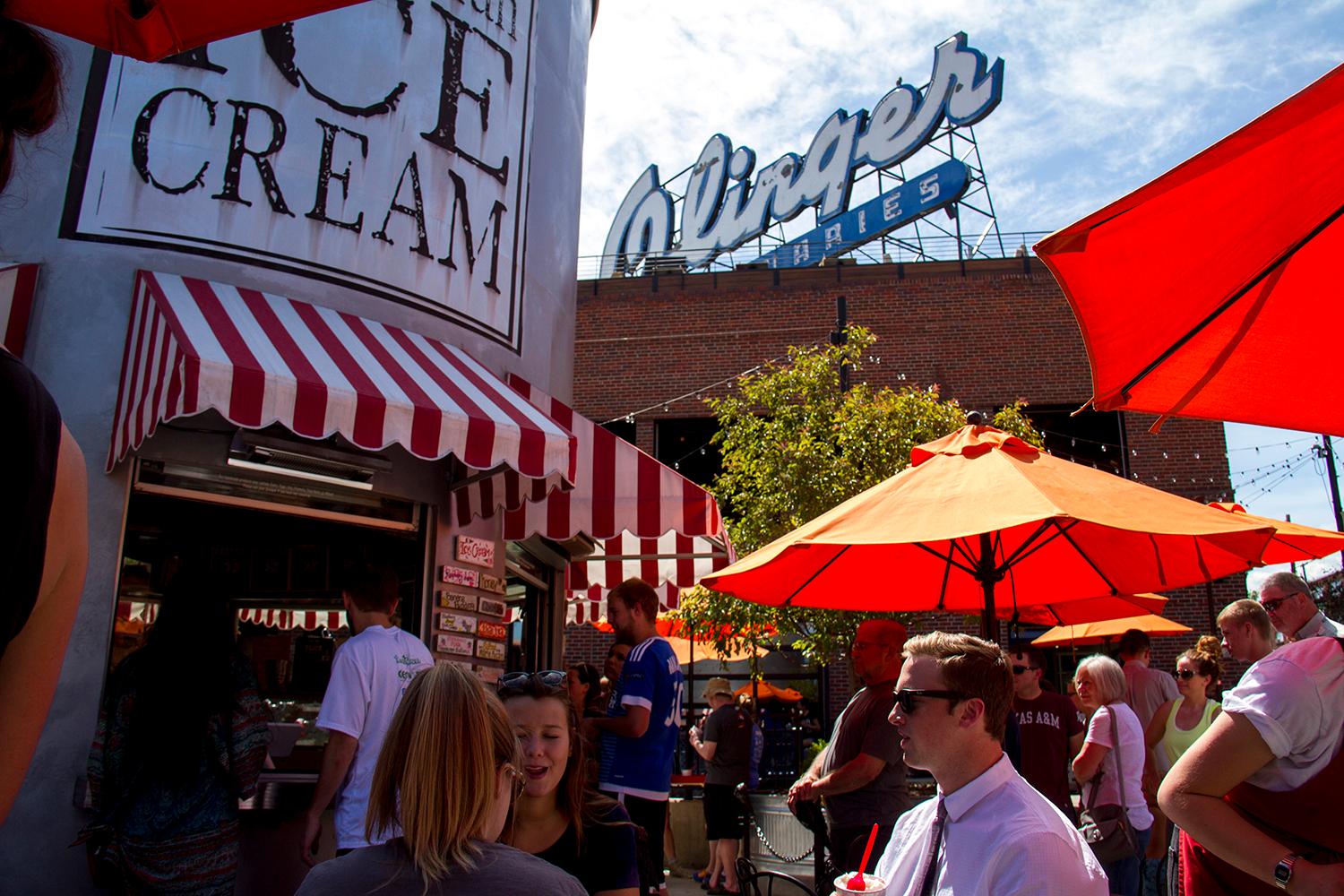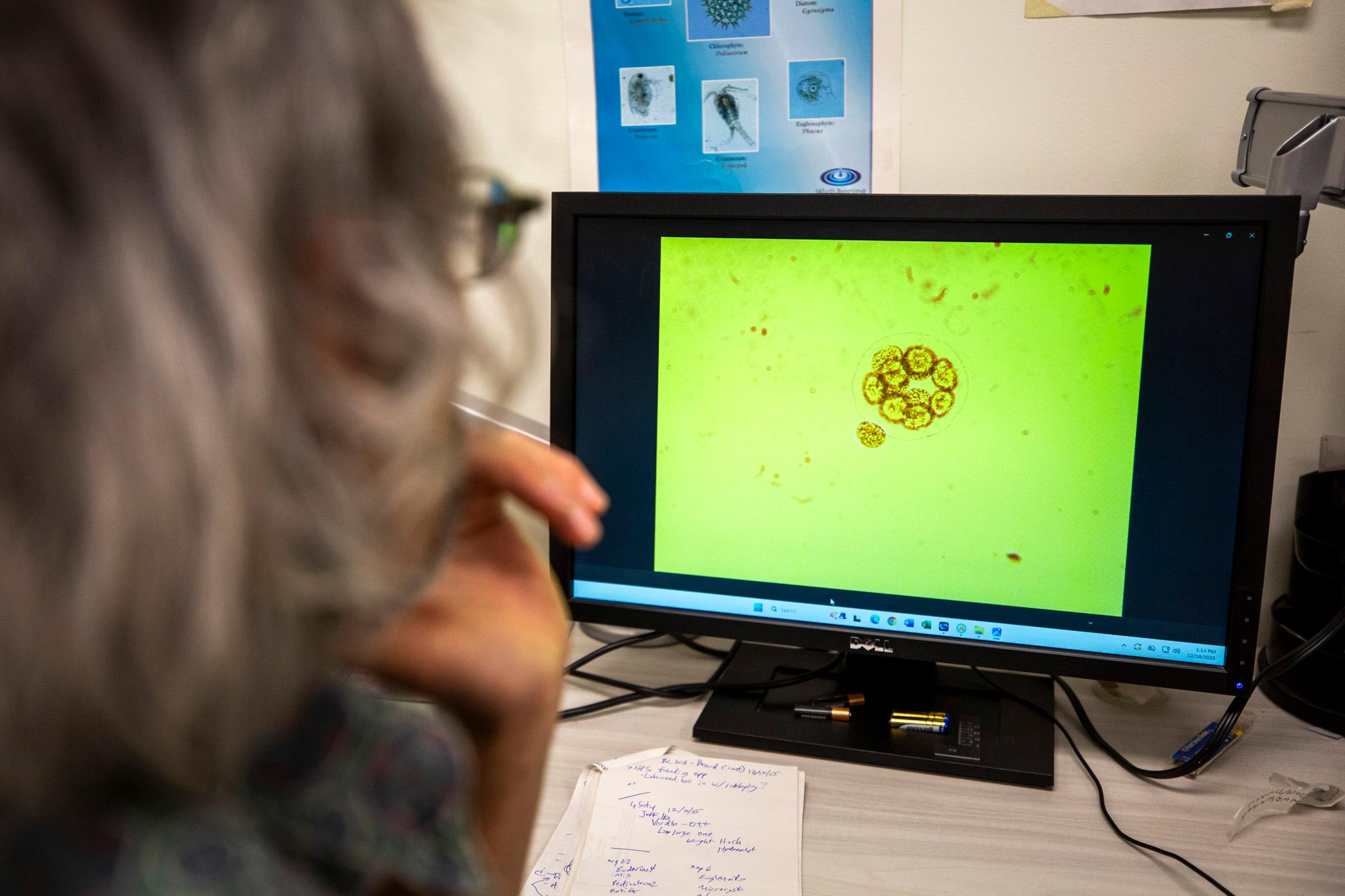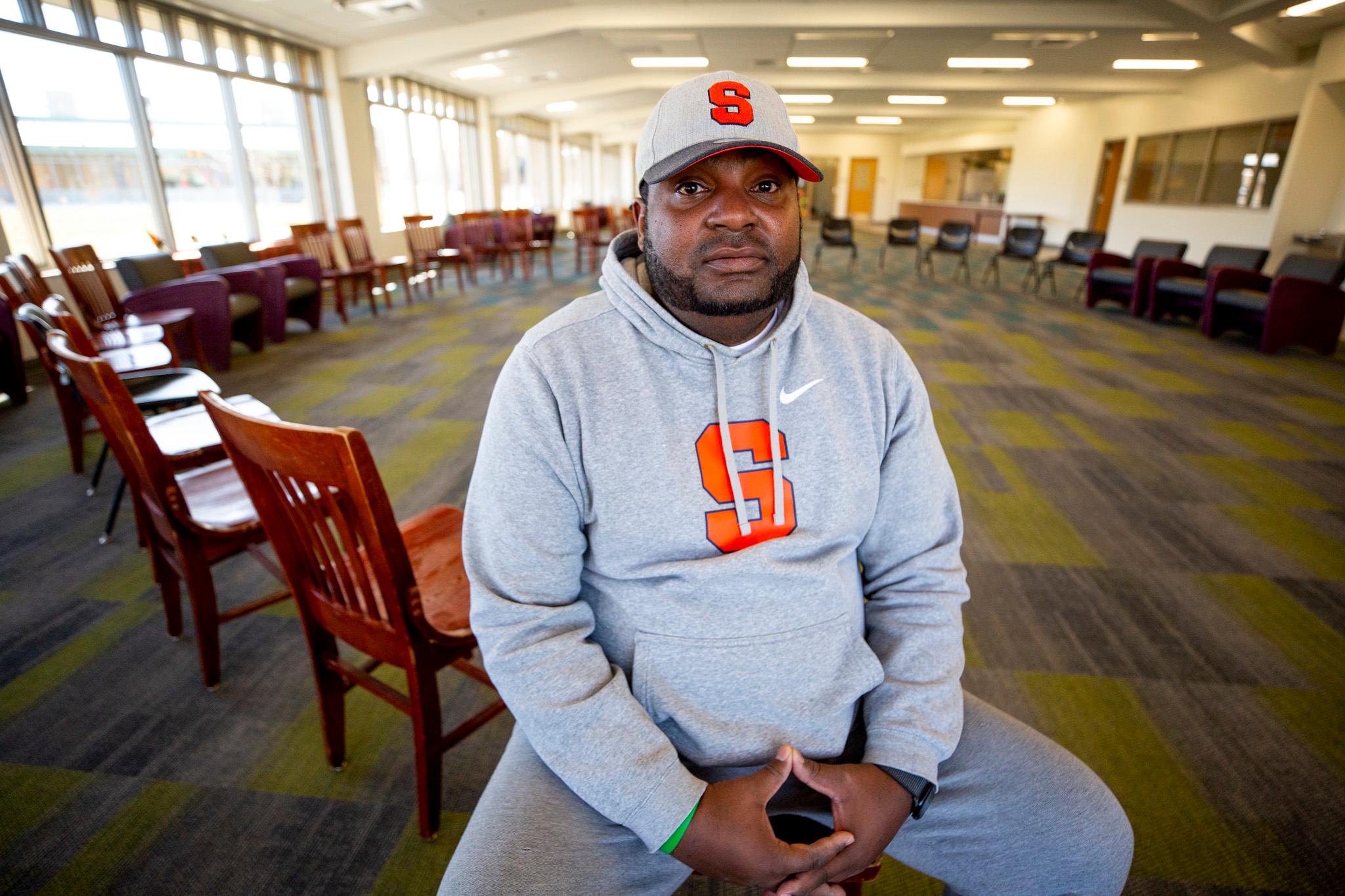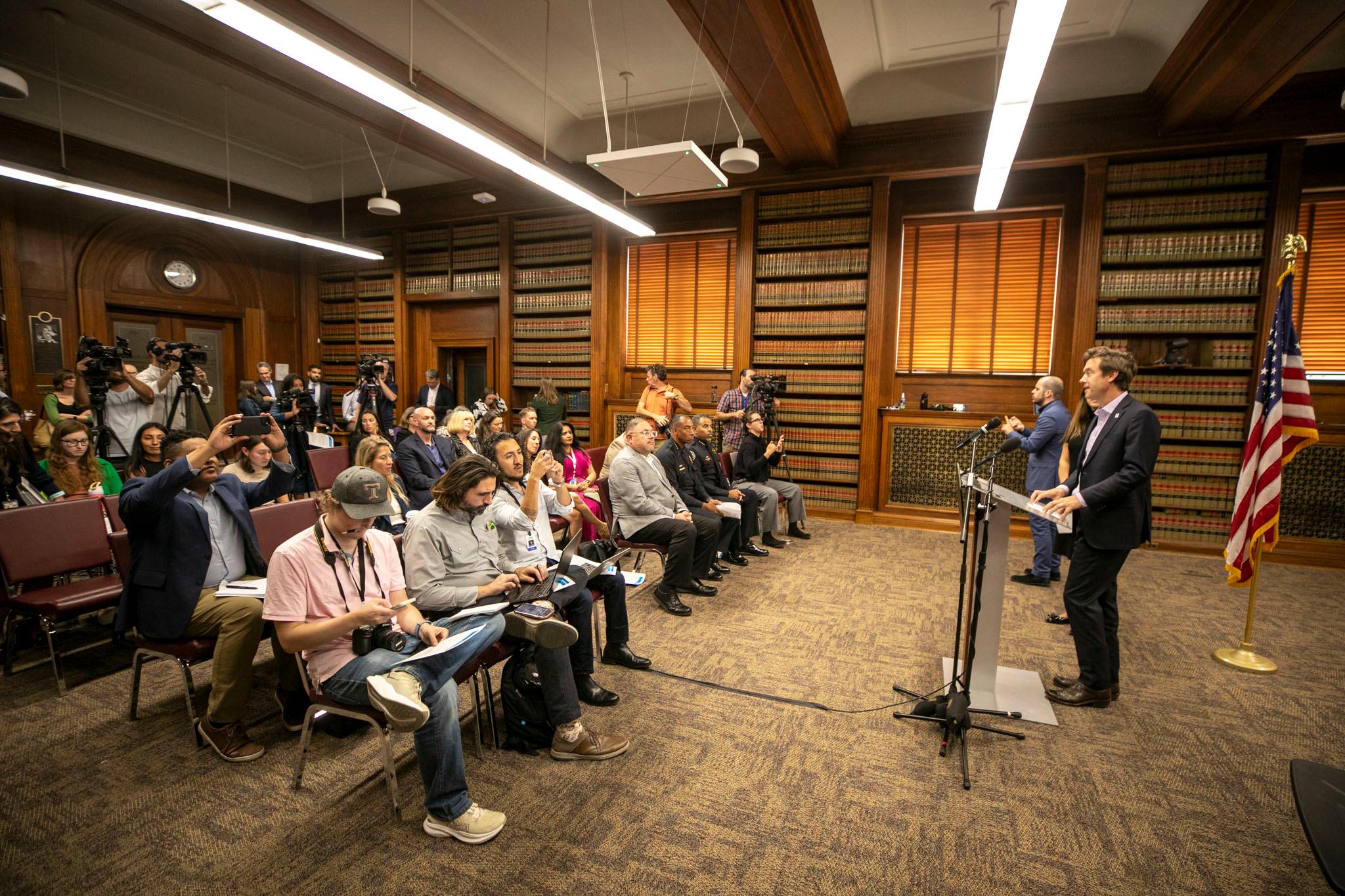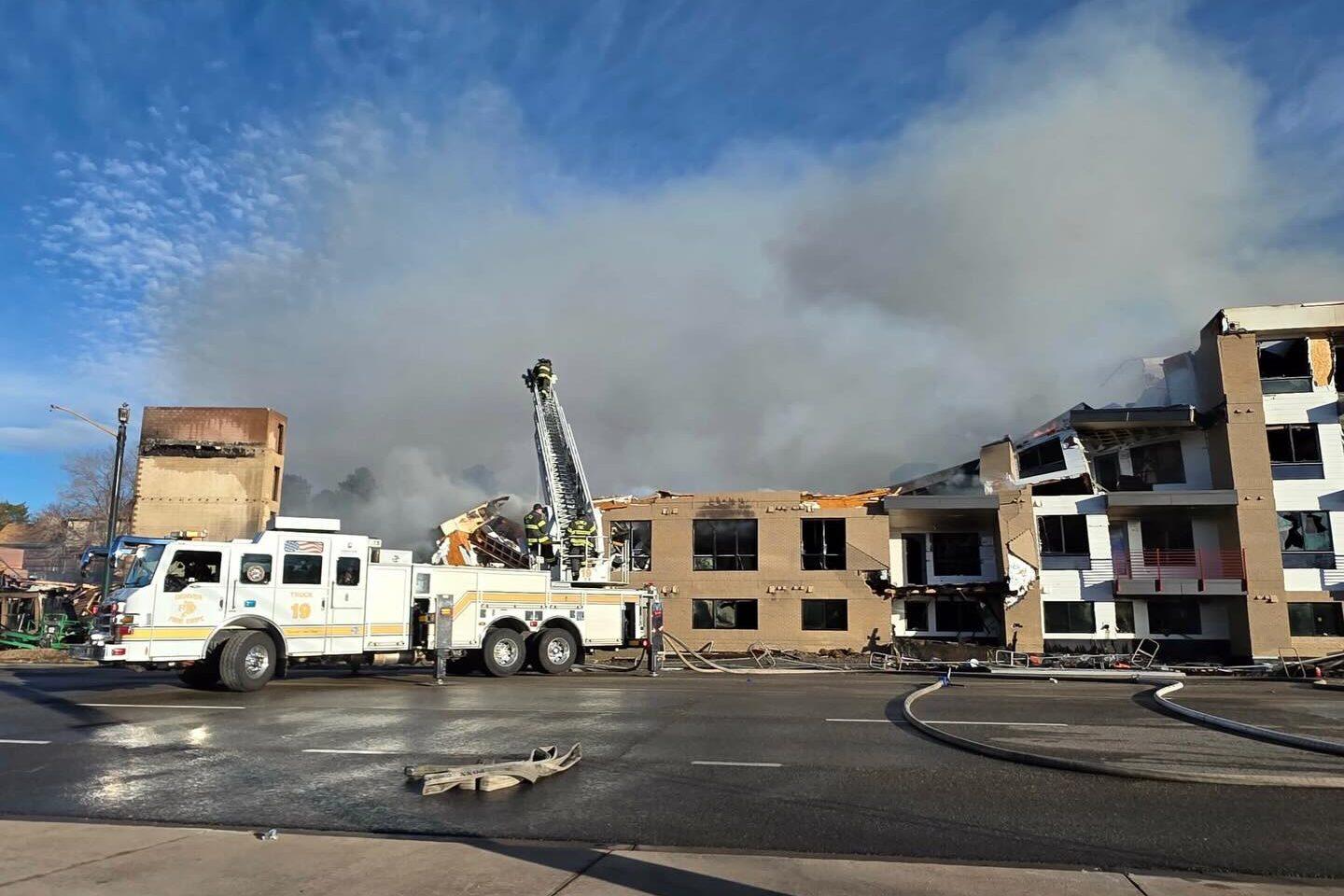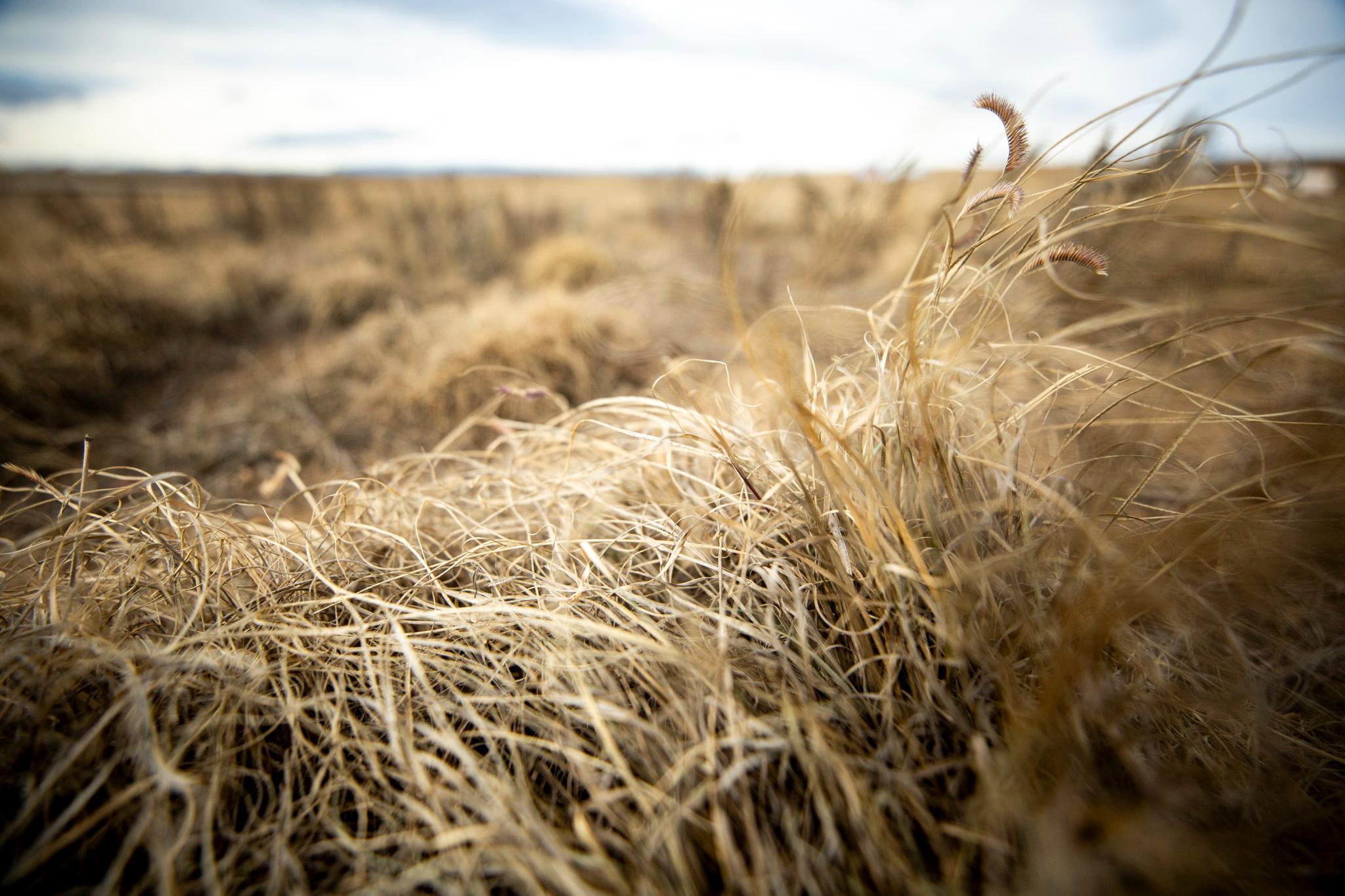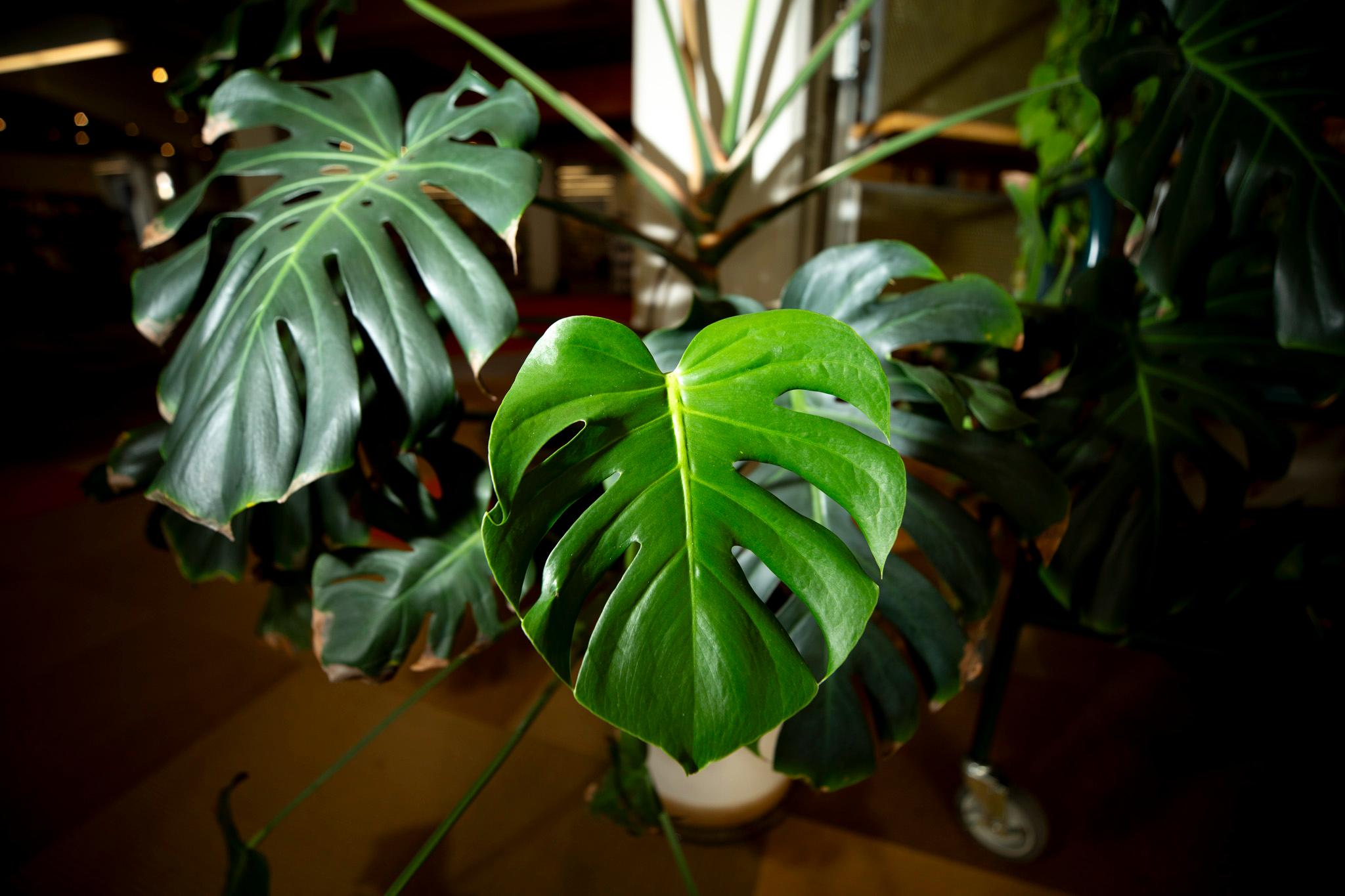One of Denver’s oldest neighborhoods is one of its most popular now. You can’t go wrong with a classic like Highland.
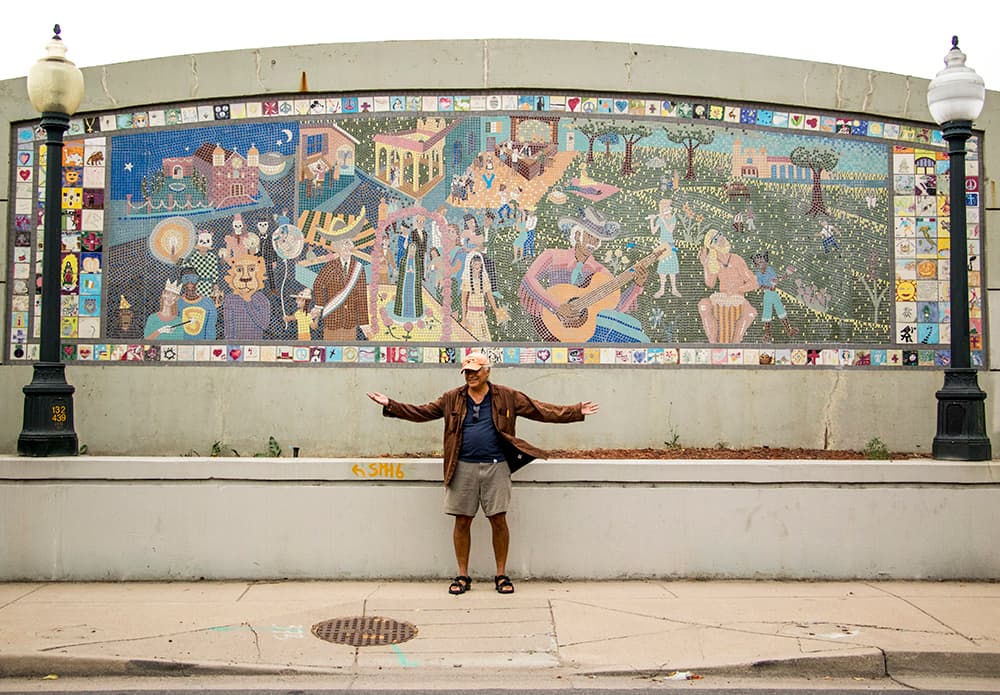
Yes, there’s lots to enjoy in the area bounded by Federal Boulevard, 38th avenue and Platte River. Do you want some delicious ice cream, but also to wait in line with your fellow man? Boom, Little Man Ice Cream. Maybe you’d like to eat in a former mortuary? Or drink in a top-ranked cocktail bar? You get the idea.
Here’s what you need to know about Highland.
Population: Just over 8,400 people lived in Highland during the time from 2010 to 2014, according to the five-year estimates of the American Community Survey. About 65 percent of them were white, and 27.6 percent of residents identified as Hispanic.
What’s it gonna cost to buy a house here: The average home in Highland was valued at $451,400, according to Zillow. That value has risen almost 15 percent compared to last year.
History: The Highland neighborhood was founded in 1858 by William Larimer, but the area really took off after the 1864 Auraria flood when people were suddenly more amenable to living on a hill. Around the turn of the century, Italians, then Mexican-Americans, moved into the neighborhood, shaping many of its institutions for decades.
As early as the 1997, residents of the neighborhood were “feeling the pinch of gentrification.” Lower downtown had been christened LoDo, deemed revitalized, and developers’ eyes crept west up the hill.
Transportation: Highland is the city’s 11th most walkable neighborhood, according to Walk Score. It scores even better for biking, with 84 points.
There isn’t any access to light rail strictly within the neighborhood, though. The closest is Union Station, which about a quarter of a mile away from the neighborhood’s edge. However, eight bus lines stop in the neighborhood.
Education: The Highland neighborhood has seven public schools, which is the seventh-most of any Denver neighborhood.
- Academia Ana Marie Sandoval, early childhood education to sixth grade
- Academy of Urban Learning, ninth grade to twelfth grade
- Bryant-Webster Dual Language, early childhood education to eighth grade
- North, ninth grade to twelfth grade
- North High School Engagement Center, ninth grade to twelfth grade
- STRIVE Prep – Excel, ninth grade to twelfth grade
- Valdez, early childhood education to fifth grade
The area also has 21 after-school programs, which is the fourth highest of any Denver neighborhood.
Buildings: Highland is about two-thirds single-family and rowhouse buildings, according to city data. On top of that, the neighborhood is about 20 percent condos. The neighborhood was built in the 1870s to be residences, and at least in that regard, hasn’t wildly deviated.
Restaurants are the most common commercial structure, with 72 buildings classified that way by the city. There’s aren’t any buildings classified as grocery stores within Highland, though there is a neighboring Natural Grocers and King Soopers just outside its borders.
*Ten buildings were in both Highland and one other neighborhood. 5 of those 10 were not considered highland buildings because the majority of the land wasn’t in the neighborhood.
Parks
Highland has about 31 acres of park space, which is on the lower side for Denver neighborhoods. The average neighborhood has around 81 acres of park space.
Marijuana businesses: There are three active marijuana facilities in Highland. Two are medical and one is a recreational facility. And one last marijuana facility in Highland is awaiting its license.
That means that the neighborhood has a tiny fraction of the city’s total marijuana facilities: 0.2 percent.
